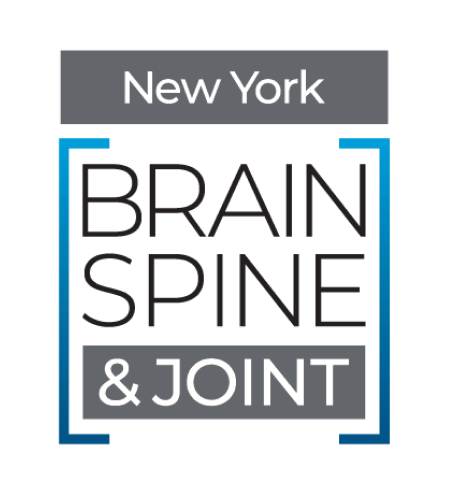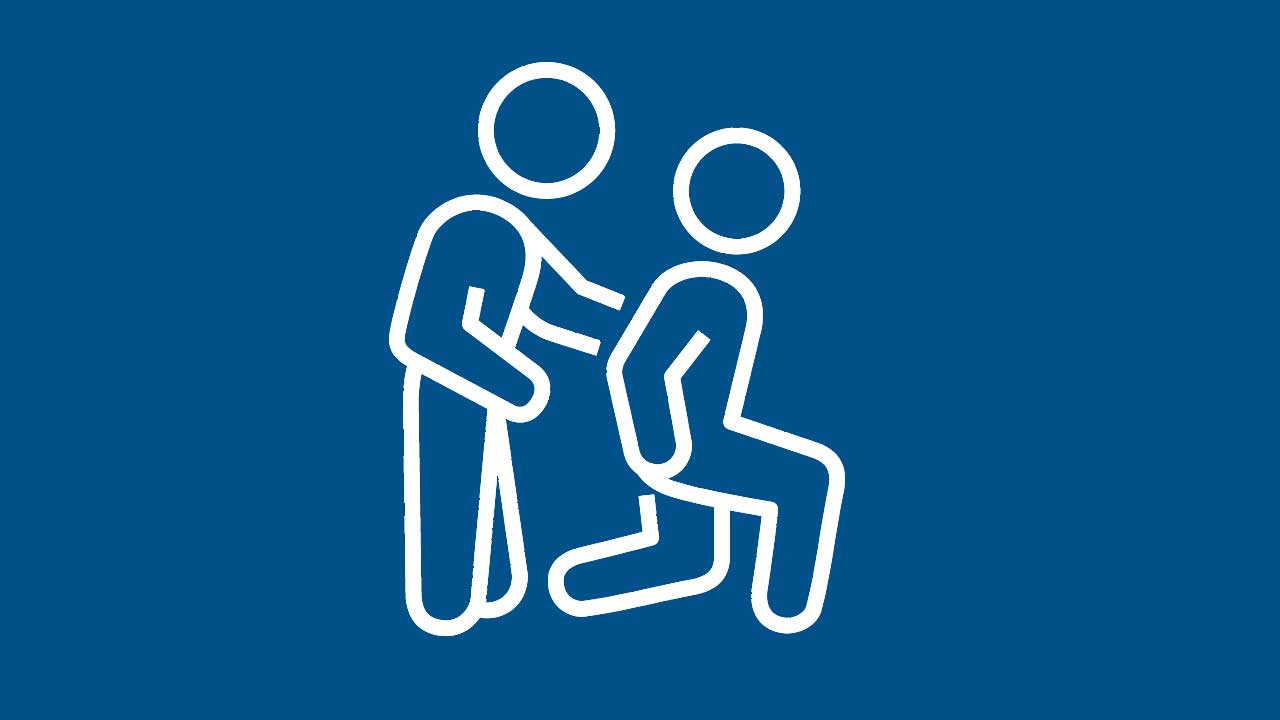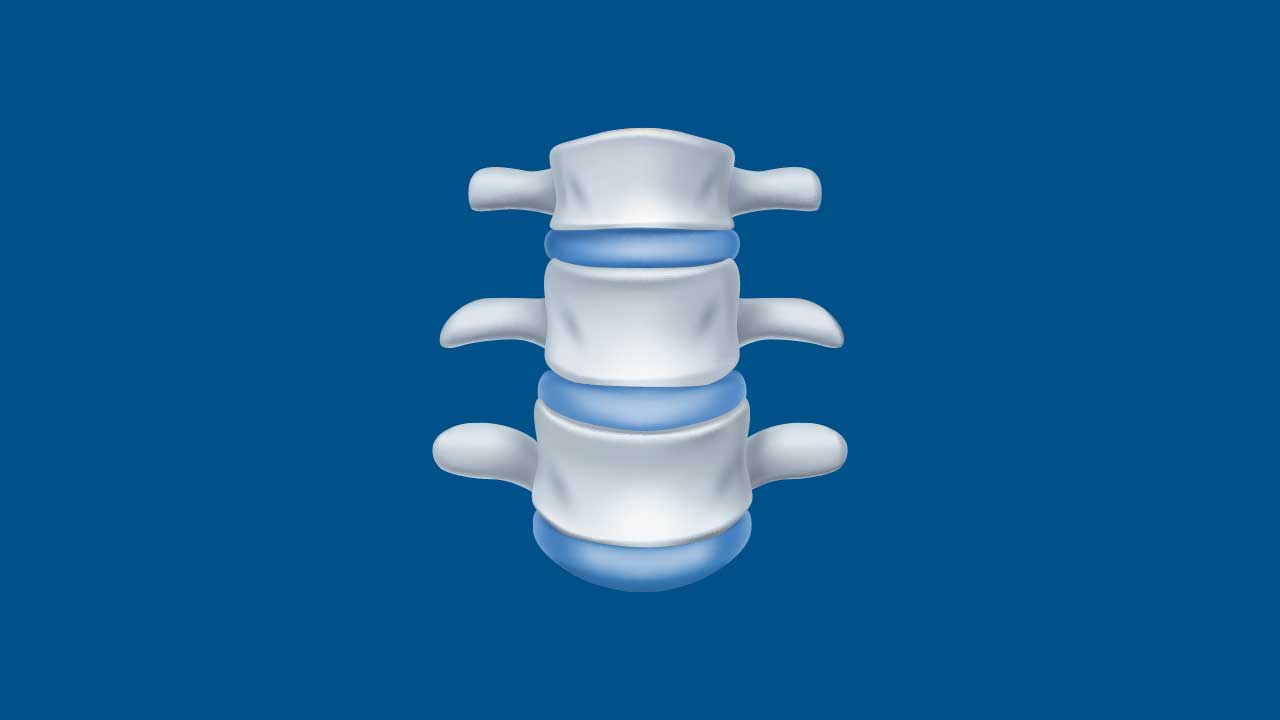Compression Fractures
Compression Fractures: Causes, Symptoms, and Treatment Options
Compression fractures of the spine occur when one or more vertebrae collapse or become compressed, often due to weakened bone structure. These fractures most frequently affect the thoracic (middle) and upper lumbar (lower) spine. Osteoporosis is a leading cause of compression fractures, particularly in older adults. Other factors such as trauma or tumors can also contribute.
Understanding Compression Fractures
Vertebrae are responsible for bearing much of the body’s weight. When bone density is reduced—commonly from osteoporosis—the structural integrity of the vertebrae diminishes, increasing the risk of fractures from minimal strain or even normal daily activities.
Causes and Risk Factors
- Osteoporosis
A condition characterized by decreased bone mass and density, significantly raising the risk of spinal compression fractures. - Traumatic Injury
High-impact falls or vehicular accidents can lead to sudden and forceful compression of vertebrae. - Spinal Tumors or Metastases
Cancerous growths can erode bone, making vertebrae susceptible to fracture. - Lifestyle Factors
Smoking, poor nutrition, and physical inactivity contribute to weaker bones. - Aging and Menopause
Decreased estrogen levels in women accelerate bone loss, increasing fracture risk.
Common Symptoms
- Mid to Lower Back Pain: Acute or chronic pain typically worsened by standing or walking.
- Loss of Height: A noticeable reduction in height over time due to vertebral collapse.
- Kyphosis (Dowager’s Hump): Excess forward curvature of the spine in severe cases.
- Limited Movement: Pain or stiffness can reduce one’s ability to bend, twist, or lift objects.
Diagnosis
- Physical Examination
Includes palpation of the spine to identify tender points, postural evaluation, and neurological checks. - Imaging Tests
X-rays: First-line imaging to spot vertebral collapse or deformities.
MRI: Determines if a fracture is old or new and detects potential spinal cord compression.
Bone Density Scan (DXA): Evaluates the degree of bone mineral loss.
Non-Surgical Treatment Options
- Pain Management
NSAIDs, acetaminophen, or short-term prescription pain medications. - Bracing
A back brace may offer support and limit movement, aiding in pain relief and alignment. - Activity Modifications
Temporary reduction in strenuous activities; gentle exercises or physical therapy can strengthen supporting muscles. - Osteoporosis Medication
Bisphosphonates, calcium, vitamin D, and other agents can slow or reverse bone density loss. - Physical Therapy
Focuses on posture correction, core strengthening, and safe movement techniques.
Surgical Treatment Options
- Vertebroplasty
Injection of a special bone cement into the collapsed vertebra to stabilize it and reduce pain. - Kyphoplasty
Similar to vertebroplasty but involves inflating a small balloon to restore vertebral height before injecting bone cement. - Spinal Fusion
In rare cases where multiple fractures cause significant instability, fusion may be necessary for spinal support.
Recovery and Rehabilitation
- Short-Term: Pain relief, safe mobility, and bracing if recommended.
- Long-Term: Exercise programs to improve bone density, balance, and muscular strength. Avoiding smoking and alcohol, maintaining a healthy diet, and regular bone density screenings.
Our Multi-Disciplinary Approach in NYC
Our multi-location medical group in the New York City metro area comprises orthopedic surgeons, neurosurgeons, endocrinologists, pain management professionals, and rehabilitation specialists. This collaborative team addresses not only the fracture itself but also the underlying causes—like osteoporosis—to ensure a holistic, long-term solution.
Additional Resources
Disclaimer
This article is for educational purposes only. Consult a qualified healthcare provider for personalized advice regarding any specific medical condition or treatment plan.
About Our Practice
Throughout these articles, you’ve seen references to our comprehensive, multi-location, multi-disciplinary medical practice in the New York City metro area, which focuses on brain, spine, and joint care. Our goal is to deliver patient-centered, evidence-based treatments and become a destination practice for patients from New York state, the United States, and around the world.
- Cutting-Edge Diagnostics: Advanced imaging and testing to accurately pinpoint spinal issues.
- Expert Team: Neurosurgeons, orthopedic surgeons, pain specialists, and rehabilitation experts work side by side.
- Customized Treatment Plans: We tailor each patient’s therapy, from conservative management to minimally invasive or complex surgery.
- Comprehensive Support: From scheduling to follow-up, our patient care coordinators facilitate travel, insurance, and logistical needs.
Disclaimer: All articles provided are for informational purposes and do not replace professional medical advice. Always consult a qualified healthcare practitioner for evaluation and management of any medical condition.























